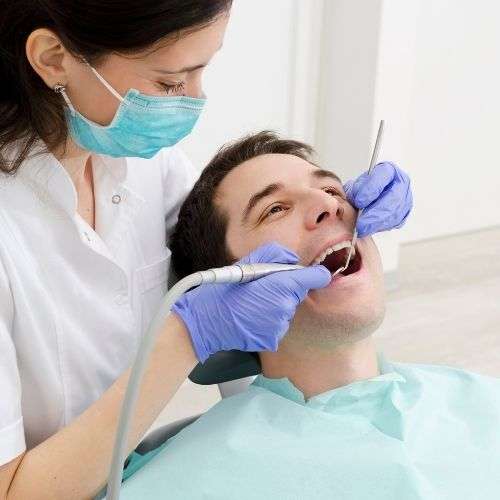- 1720 Milwaukee Ave, Glenview IL - 60025
- (224) 567 8505
If you are experiencing a dental emergency or require urgent dental treatment, please call us on 855-445-2623.
At Glance Dental, we will endeavor to attend to all dental emergencies & concerns as soon as possible and are usually seen promptly on the same day.

If your child bites him or herself by accident, you will need to apply ice to the bruised or swollen area. If bleeding occurs, apply firm pressure on the area. If bleeding persists after 15 minutes, call us immediately.
When this happens, parents can get a bit emotional. Remember:
If you're not able to reset the tooth in place, put it in a cup of water or milk and call us immediately. There's a good chance the tooth can be saved if it is reinserted within an hour of it being knocked out.
If the broken brace or wire in question may be removed without causing further pain to the child, go ahead and remove it. Do not pull or use force on any part of the orthodontic appliance. If the wire is stuck in the gum or cheek, do not attempt to remove it. Take the child to a dentist immediately.
If the broken appliance cannot be removed – and is not stuck in the gum or cheek – cover the sharp edges with cotton and call us immediately.

Monday 9AM – 5PM
Tuesday 9AM – 5PM
Wednesday 9AM – 5PM
Thursday 9AM – 5PM (Consultation Only)
Friday 9AM – 5PM
Saturday Closed
Sunday Closed